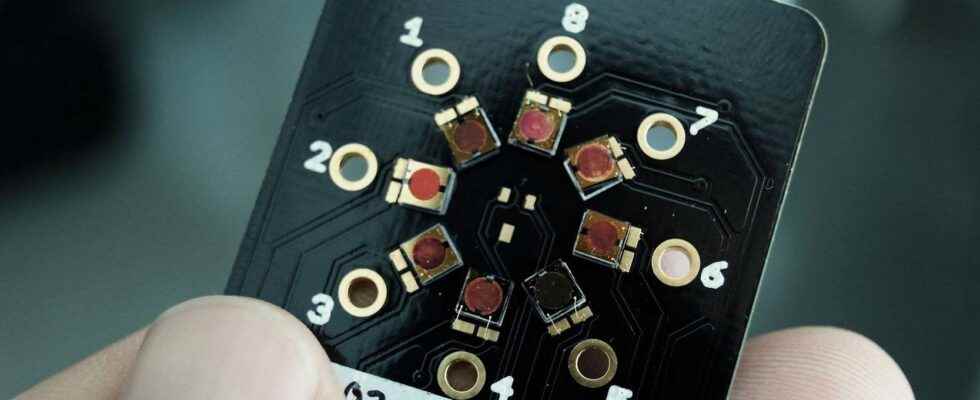At CES 2022, the Gentex company unveiled a sensor composed of nanofibers capable of detecting and recognizing the signature of various chemicals, explosives, drugs, volatile organic compounds, etc. In a car, this technology could detect polluting emissions, even explosives.
You will also be interested
Imagine that your car either provided with a ” nose »Capable of detecting dozens of chemicals and automatically activating the recycling of the’air interior to protect you. This could become a reality in a few years thanks to the sensor Vaporsens from Gentex.
This is a technology initially developed by the University of Utah (United States) which is based on the principle of drug resistance. It is in the form of a sensor which contains nanofibers about a thousand times thinner than human hair which has been specially treated with molecules basic. These nanofibers are applied onelectrodes interdigitated in order to become conductors. The voltage generates a Electric power which will flow through the nanofibers. When the latter come into contact with a chemical, charge transfers take place which cause a change in conductivity. It is this variation that generates a signal indicating the detection of a chemical. The information is sent to a microprocessor which determines the signature of the detected substance.
Trillions of unique chemical signatures
To date, Gentex has developed more than 80 types of nanofibers each of which reacts differently to a chemical or class of chemicals. They are combined in such a way that a unique signature can be created for each targeted chemical. A Vaporsens sensor is able to identify a wide variety of toxic, explosive, industrial chemicals. drugs, volatile organic compounds, amines … (see complete list).
” Vaporsens’ current devices use an array of 16 nanofibers, resulting in trillions of unique chemical signatures and very high selectivity », Explains the company which also emphasizes that this sensor is satisfied with theenergy provided by a micro-USB port to operate.
According to Gentex, Vaporsens technology could be ready for a application in L’automobile within four years. It would be adaptable to all types of vehicles and affordable enough to facilitate the replacement of nanofiber filters at regular intervals.
Interested in what you just read?
.
fs8
